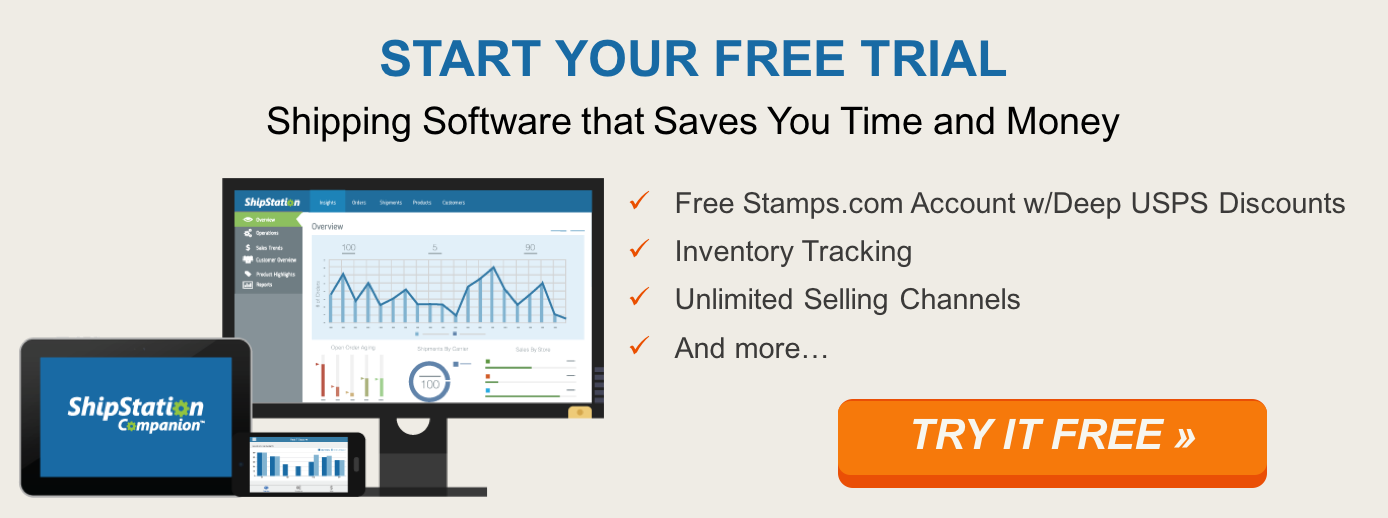Inventory Planning for the Holiday Rush
Inventory management is always a balancing act. You need to have enough stock available to meet the demands of your customers without tying up too much of your financial capital. Finding the right balance is especially difficult during the holiday seasonal rush.
Now is the time to start thinking about ways you can meet the coming challenge. Here are eight tips to prepare for the holidays, and you can find more suggestions from online sites like Cleverism.
1. Estimate seasonal demand. Take a close look at your 2015 holiday sales, as well as more recent results. If a high percentage of your sales come from just a few products, then you should make stocking those best-sellers a priority.
2. Study consumer trends. Pay attention to social media reviews and comments. Read what retail experts are saying about consumer trends in your particular retail segment. Knowing “what’s hot” for consumers can help you plan your inventory to avoid potential last-minute shortages.
3. Know your current stock. Before you start placing your seasonal orders, be sure that you know your current inventory. Whether you have a small store or run a large business with multiple warehouses, keeping close track of your stock will help you avoid over- or under-ordering for the upcoming season.
4. Be sure your inventory process can handle the holiday rush. Will you need to rent additional warehouse space to store extra products or hire more people to fulfill those orders? Now is the time to address those issues, so you can smoothly scale up your operations to meet higher demand.
5. Review your inventory management software. If you need to update your application with a new software release, do it soon. That will allow you and your team to get used to any changes before the rush begins. It will also give you time to train any seasonal employees on the new application rather than the prior version.
6. Link your shopping cart and inventory management applications. Whether you sell from one site or use multiple online sales channels, your shopping cart application needs to reflect current inventory levels. That might mean adding a “low stock” note, which might encourage a customer to buy immediately. Even more importantly, it should tell the shopper browsing your site, “Sorry, but that item is out of stock.” This avoids the disappointment (and bad reviews) when a buyer puts a desired product into the basket, begins checking out, only to find it is no longer available.
7. Know the manufacturer. Be sure to know who is making your products and where the manufacturing and assembly operations are handled, particularly if you source from overseas. If it takes months to obtain new stock, then you may want to increase inventory levels in advance, because you won’t be able to do so during the season.
8. Be cautious of just-in-time logistics solutions. Logistics and transportation companies also face the challenge of high demand during the season, and may not be able to deliver your products as quickly as usual. Also, the potential for a supply chain disruption increases with distance, and you should take that risk into account when planning your seasonal inventory.
As you look for ways to maximize your sales and profitability during the 2016 holiday season, be sure to make inventory management a high priority. Having the right stock in the right locations – along with a powerful integrated software application – can go a long way toward helping you achieve your goals.






